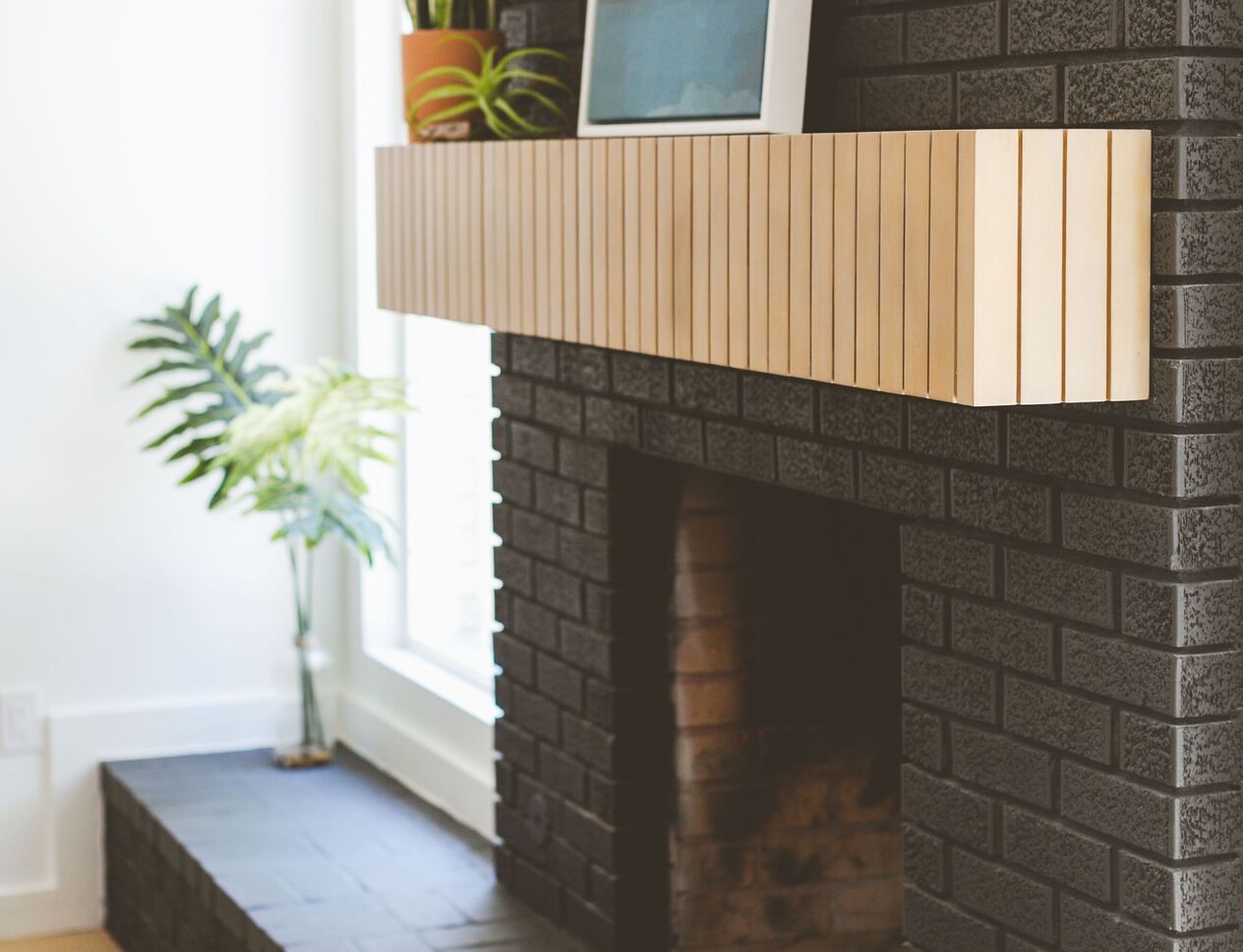

Articles
How To Remove Fireplace Mantel
Modified: January 8, 2024
Discover effective methods and techniques for removing a fireplace mantel with our informative articles. Successfully tackle your fireplace project today!
(Many of the links in this article redirect to a specific reviewed product. Your purchase of these products through affiliate links helps to generate commission for Storables.com, at no extra cost. Learn more)
Introduction
The fireplace mantel is often the focal point of a room, adding warmth and charm to the space. However, there may come a time when you need to remove the fireplace mantel, whether it’s for renovation purposes or to update the overall aesthetic of your home. In this article, we will guide you through the process of how to remove a fireplace mantel safely and effectively.
Before embarking on the task, it’s important to take certain safety precautions. It’s advisable to wear protective gloves, safety goggles, and a dust mask to prevent any injuries or inhaling dust particles. Additionally, make sure to turn off the gas or electricity supply to the fireplace to ensure your safety.
Now, let’s gather the necessary tools and materials you will need for this project:
- Screwdriver or power drill
- Pry bar or crowbar
- Hammer
- Pliers
- Protective drop cloths or plastic sheeting
- Joint compound
- Sanding block or sandpaper
- Paint or stain (if planning to re-paint or re-stain the wall)
Once you have gathered all the necessary tools and materials, you can proceed to the next step.
Key Takeaways:
- Safely and effectively remove a fireplace mantel by following safety precautions, gathering necessary tools, disconnecting and removing the mantel, patching and repairing the wall, and cleaning the surrounding area for a refreshed space.
- Consider reinstalling or replacing the mantel for a new design, ensuring safety and stability. Enjoy the process and the exciting transformation of your fireplace mantel!
Read more: How To Remove Mantel From Brick Fireplace
Safety Precautions
Removing a fireplace mantel can be a demanding task, so it’s essential to prioritize safety throughout the process. Here are some important safety precautions to keep in mind:
- Turn off the gas or electricity supply: Before you begin the mantel removal process, ensure that the gas or electricity supply to the fireplace is turned off. This will prevent any potential hazards or accidents.
- Protective gear: Wear the appropriate protective gear, including gloves, safety goggles, and a dust mask. This will safeguard you from any potential injuries, dust particles, or debris that may be released during the removal process.
- Secure the area: Clear the surrounding area and create a safe workspace. Remove any furniture, accessories, or decor that could obstruct your movement or pose a risk of damage.
- Stabilize the mantel: If the mantel is fragile or unstable, take the necessary precautions to secure it. Use clamps or temporary supports to ensure it doesn’t fall or collapse unexpectedly, causing injury or damage.
- Use proper tools and techniques: Ensure that you have the right tools for the job, such as a screwdriver or power drill, pry bar, hammer, and pliers. Familiarize yourself with the correct techniques for using these tools to avoid accidents or damage to the mantel or surrounding area.
- Protect the floor and walls: Cover the floor with protective drop cloths or plastic sheeting to catch any debris or dust. If necessary, use painter’s tape to protect the surrounding walls or surfaces from scratches or accidental paint or stain drips.
By following these safety precautions, you can minimize the risks associated with removing a fireplace mantel and ensure a smooth and accident-free process. Remember, safety should always be your top priority when undertaking any home improvement project.
Gather the Necessary Tools and Materials
Before you begin the process of removing a fireplace mantel, it’s important to gather all the necessary tools and materials. Having the right equipment on hand will make the task easier and more efficient. Here’s a list of the items you’ll need:
- Screwdriver or power drill: You’ll need a screwdriver or power drill with the appropriate screwdriver bit to remove any screws or fasteners securing the mantel to the wall.
- Pry bar or crowbar: A pry bar or crowbar will come in handy for gradually loosening the mantel from the wall.
- Hammer: A hammer will be useful for tapping and prying if needed.
- Pliers: Pliers can help with removing any nails or staples that may be holding the mantel in place.
- Protective drop cloths or plastic sheeting: To protect the floor and catch any debris or dust that may be generated during the removal process, use protective drop cloths or plastic sheeting.
- Joint compound: You’ll need joint compound to patch and fill any holes or gaps left in the wall after removing the mantel.
- Sanding block or sandpaper: A sanding block or sandpaper will be necessary for smoothing the patched areas on the wall before painting or staining.
- Paint or stain: If you plan to re-paint or re-stain the wall, make sure to have the appropriate paint or stain on hand.
Once you have gathered all of these tools and materials, you’ll be well-prepared to tackle the fireplace mantel removal process. Having everything within reach will save you time and ensure a smoother and more efficient experience.
Step 1: Prepare the Area
Before you start removing the fireplace mantel, it’s important to prepare the area to ensure a smooth and efficient process. Follow these steps to properly prepare the area:
- Clear the surrounding space: Remove any furniture, decorations, or items near the fireplace mantel. This will provide you with enough space to work and prevent any obstructions or potential damage.
- Protect the floor: Cover the floor with protective drop cloths or plastic sheeting to catch any debris, dust, or damage that may occur during the removal process.
- Remove any fragile or valuable items: If there are any delicate or valuable items on or near the mantel, such as artwork or sentimental objects, make sure to remove them and store them in a safe place to avoid any accidental damage.
- Turn off the utilities: If your fireplace is connected to gas or electricity, ensure that you turn off the relevant utilities to prevent any accidents or hazards during the removal process.
- Secure the area: If there are any loose or dangling wires, cables, or accessories attached to the mantel, secure or remove them to ensure a safe working environment.
Preparing the area before you begin removing the fireplace mantel will minimize the risk of accidents, protect your belongings, and create a conducive working space. Remember to take your time and be mindful of your surroundings throughout the process. Now that the area is ready, you can move on to the next step: disconnecting the mantel from the wall.
Step 2: Disconnect the Mantel from the Wall
Once the area is prepared, you can begin the process of disconnecting the fireplace mantel from the wall. Follow these steps for a safe and effective removal:
- Identify the attachment points: Take a close look at the mantel and identify the attachment points, such as screws, nails, or brackets that are securing it to the wall. These attachment points may vary depending on the type of mantel you have.
- Remove any visible screws or fasteners: If you can see any screws or fasteners on the mantel, use a screwdriver or power drill with the appropriate bit to remove them. Set the screws or fasteners aside in a safe place to avoid losing them.
- Use a pry bar or crowbar: Insert a pry bar or crowbar between the mantel and the wall, starting at one end. Gently apply pressure to pry the mantel away from the wall. Gradually work your way along the length of the mantel, using the pry bar to loosen it from the wall.
- Tap with a hammer if necessary: If the mantel is not coming off easily, lightly tap the pry bar or crowbar with a hammer to provide extra leverage. Be careful not to damage the mantel or the wall during this process.
- Remove any nails or staples: Once the mantel is partially detached from the wall, use pliers or a hammer to remove any nails or staples that may be holding it in place. Take your time to ensure all fasteners are removed.
- Continue prying and removing fasteners: Repeat the process of prying and removing fasteners along the length of the mantel until it is completely detached from the wall.
Take care during this step to avoid any injuries or damage. If you encounter any difficulties, do not force the mantel off the wall. Instead, reassess the attachment points and make any necessary adjustments.
Once the mantel is completely disconnected from the wall, you can proceed to the next step: removing the mantel from the wall.
Before removing a fireplace mantel, make sure to turn off the gas supply and disconnect any electrical connections. Use a pry bar to carefully loosen the mantel from the wall, and have someone help support it as you remove it to avoid any damage.
Read more: How To Remove A Fireplace Mantel From Brick
Step 3: Remove the Mantel from the Wall
With the fireplace mantel disconnected from the wall, you can now proceed to remove it entirely. Follow these steps to safely remove the mantel:
- Enlist the help of a partner: A fireplace mantel can be heavy and awkward to handle on your own. It’s recommended to have a partner assist you in lifting and removing the mantel from the wall.
- Lift the mantel from one end: Carefully lift one end of the mantel while your partner lifts the other end. Use your legs and not your back to minimize the risk of strain or injury.
- Move the mantel away from the wall: Carry the mantel away from the wall and place it in a safe location, away from the workspace. Ensure that the area is clear to avoid any accidents or damage.
- If necessary, disassemble the mantel: Some fireplace mantels may be composed of multiple pieces that are assembled together. If this is the case, follow the manufacturer’s instructions to disassemble the mantel carefully. Keep all pieces organized and labeled for ease of reassembly, if desired.
Take your time and be cautious when handling the mantel to prevent any injuries or damage. If you encounter any difficulties or the mantel seems particularly heavy or unstable, stop and reassess the situation. It may be necessary to seek professional assistance or consult with an expert.
Once the mantel has been safely removed from the wall, you can proceed to the next step: patching and repairing the wall.
Step 4: Patch and Repair the Wall
After removing the fireplace mantel, it’s time to patch and repair the wall to restore it to its original condition. Here’s how you can tackle this step:
- Clean the wall: Start by cleaning the wall surface to remove any dust, debris, or adhesive residue left behind by the mantel. Use a damp cloth or sponge to wipe down the area and ensure a clean working surface.
- Inspect for damage: Carefully inspect the wall for any holes, cracks, or damage that may have occurred during the removal process. Take note of the areas that require patching or repair.
- Apply joint compound: Using a putty knife or scraper, apply a thin layer of joint compound to fill in the holes or cracks on the wall. Smooth out the compound, feathering the edges for a seamless finish. Follow the manufacturer’s instructions for drying and sanding times.
- Sand the patched areas: Once the joint compound has dried, use a sanding block or sandpaper to gently sand the patched areas. This will create a smooth surface and blend the patched areas into the surrounding wall.
- Clean the wall again: After sanding, wipe down the wall once more to remove any dust or debris created during the sanding process. Ensure that the wall is clean and free from any loose particles.
- Touch up paint or stain: If necessary, touch up the paint or stain on the wall to match the surrounding area. Use the appropriate paint or stain and apply it carefully, following the manufacturer’s instructions.
Take your time with this step to ensure a professional-looking result. Pay attention to detail and make sure the patched areas blend seamlessly with the rest of the wall. Once the wall has been patched and repaired, you can proceed to the next step: cleaning and restoring the surrounding area.
Step 5: Clean and Restore the Surrounding Area
After patching and repairing the wall, it’s important to carefully clean and restore the surrounding area to ensure a polished and finished look. Follow these steps to complete this step:
- Remove any remaining debris: Take a moment to clear away any remaining debris, dust, or loose particles from the floor, furniture, and surrounding area using a broom, vacuum cleaner, or damp cloth.
- Clean the mantel: If you plan on reusing the mantel or storing it, give it a thorough cleaning to remove any dirt or dust that may have accumulated during the removal process. Use a soft cloth or cleaning solution appropriate for the material of the mantel.
- Inspect the surrounding walls and floor: Inspect the walls and floor around the fireplace area for any scuffs, marks, or damage. Use touch-up paint or stain to restore any blemishes and make necessary repairs to the flooring if required.
- Restore the decor: Once the area is clean, you can restore any decor or furniture that was temporarily removed. Arrange the space to your liking, keeping in mind the new look of the area without the mantel.
- Consider alternative options: If you decided to remove the mantel to change the aesthetics of the space, take this opportunity to explore alternative ways to embellish the fireplace area. Consider options such as a floating shelf, artwork, or decorative accents to enhance the visual appeal.
By diligently cleaning and restoring the surrounding area, you can achieve a clean and well-maintained space after removing the fireplace mantel. If you have chosen to reinstall or replace the mantel, you can proceed to the next step. Otherwise, you have successfully completed the removal process.
Step 6: Reinstall or Replace the Mantel (Optional)
If you have chosen to reinstall or replace the fireplace mantel, this step will guide you through the process. Follow these steps to successfully reinstall or replace the mantel:
- Measure and mark the desired placement: Use a tape measure to determine the desired height and positioning for the mantel. Mark the measurements on the wall, ensuring that it is level and centered.
- Prep the wall: If you had to patch and repair the wall, ensure that it is clean, smooth, and ready to receive the mantel. Remove any excess joint compound or sanding residue.
- Attach mounting brackets or supports: If your mantel requires support brackets, use your marked measurements to attach the brackets securely to the wall. Follow the manufacturer’s instructions for proper installation.
- Reassemble the mantel (if necessary): If you disassembled the mantel during the removal process, carefully reassemble the pieces according to the manufacturer’s instructions. Ensure a secure fit between the mantel components.
- Position and secure the mantel: With the assistance of a partner, carefully lift the mantel and position it onto the mounting brackets or supports. Make sure it is aligned and level. Using a drill or screwdriver, secure the mantel to the wall following the manufacturer’s instructions.
- Test stability: Give the mantel a gentle shake to test its stability. Ensure that it is securely attached to the wall and does not wobble or feel loose.
- Decorate and style: Once the mantel is successfully reinstalled or replaced, take the opportunity to decorate and style it. Add personal touches, such as candles, artwork, or decorative items to enhance the overall aesthetic of the space.
Remember, if you encounter any difficulties during the reinstallation process or if you are unsure about the stability of the mantel, it is advisable to consult with a professional or seek expert advice. Safety should always be a top priority when installing or reinstalling a fireplace mantel.
Congratulations! You have successfully completed the process of removing and optionally reinstalling or replacing a fireplace mantel. Enjoy the updated look of your space and the newfound design possibilities that arise!
Read more: How To Build A Fireplace Mantel
Conclusion
Removing a fireplace mantel can be a rewarding home improvement project that can completely transform the look and feel of a room. By following the steps outlined in this guide, you can safely and effectively remove a mantel and prepare the area for a new design or simply enjoy the refreshed space.
Throughout the process, remember to prioritize safety by taking the necessary precautions and using appropriate protective gear. When gathering the tools and materials, ensure that you have everything you need for a smooth removal process. Prepare the area by clearing the space, protecting the floor, and turning off any utilities to the fireplace.
To disconnect the mantel from the wall, identify the attachment points, remove screws or fasteners, and gradually pry the mantel away from the wall. Take caution and enlist the help of a partner to safely lift and remove the mantel from the wall.
After removing the mantel, patch and repair the wall using joint compound, sanding, and touch-up paint or stain to achieve a seamless finish. Clean and restore the surrounding area to complete the new look of your space.
If you choose to reinstall or replace the mantel, measure and mark the desired placement, attach mounting brackets or supports, and secure the mantel to the wall. Take the opportunity to decorate and style the mantel, adding your personal touch and enhancing the overall aesthetic.
By following these steps, you can confidently remove or replace a fireplace mantel, creating a fresh and updated look in your home. Whether you’re embarking on a full-scale renovation or simply desiring a change, this project allows you to embrace creativity and style in your living space.
Remember, if you’re unsure about any step or encounter difficulties, it’s always best to consult with a professional or seek expert advice. Enjoy the process and the exciting transformation of your fireplace mantel!
Frequently Asked Questions about How To Remove Fireplace Mantel
Was this page helpful?
At Storables.com, we guarantee accurate and reliable information. Our content, validated by Expert Board Contributors, is crafted following stringent Editorial Policies. We're committed to providing you with well-researched, expert-backed insights for all your informational needs.

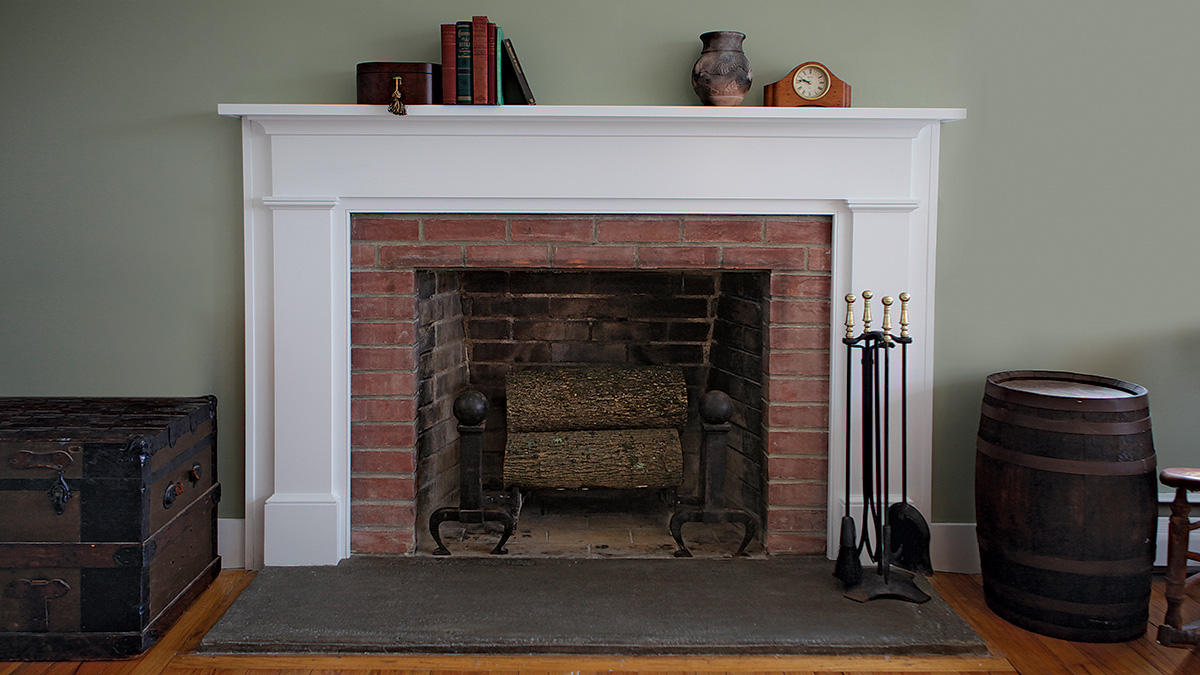
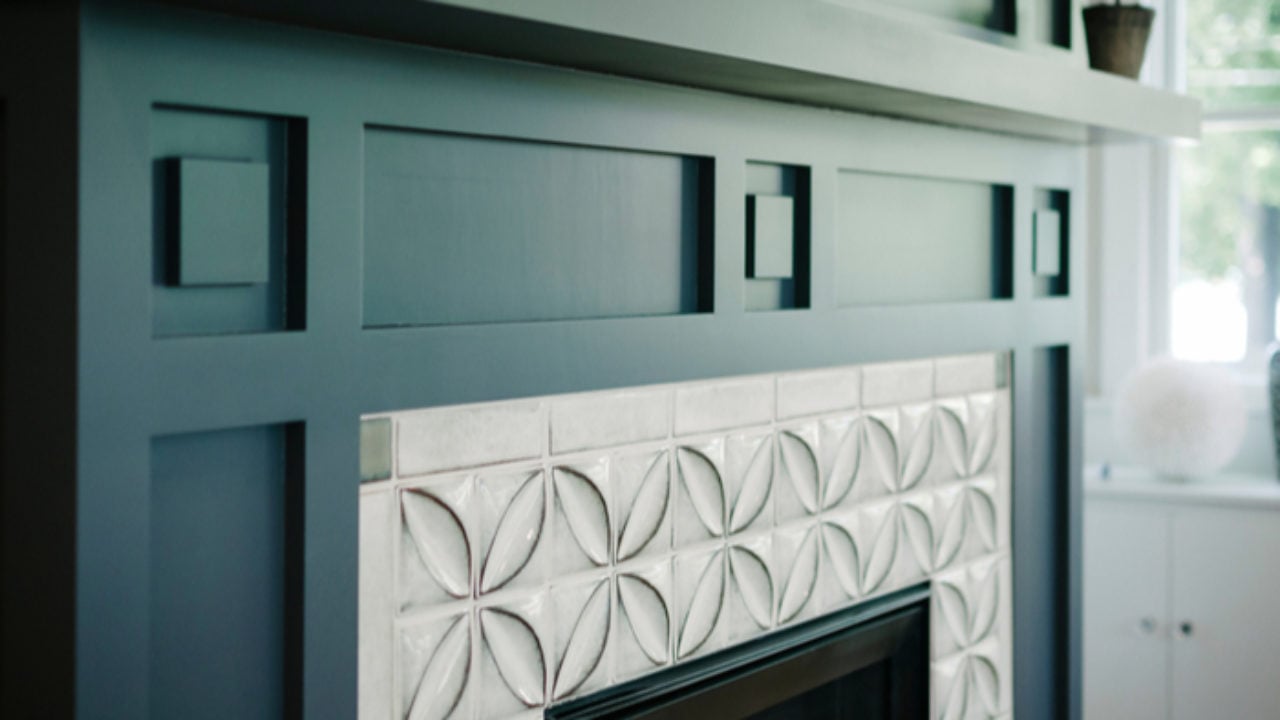
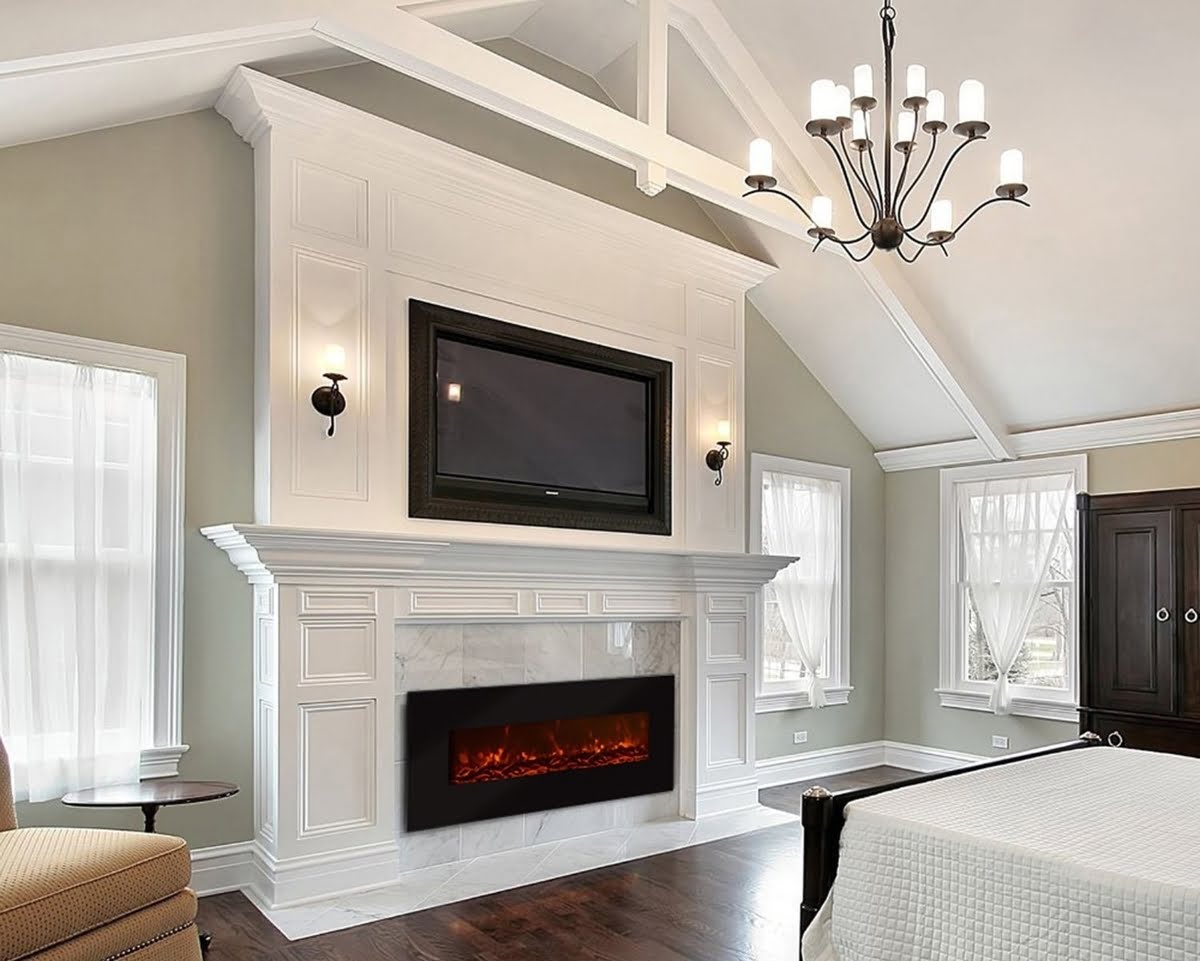
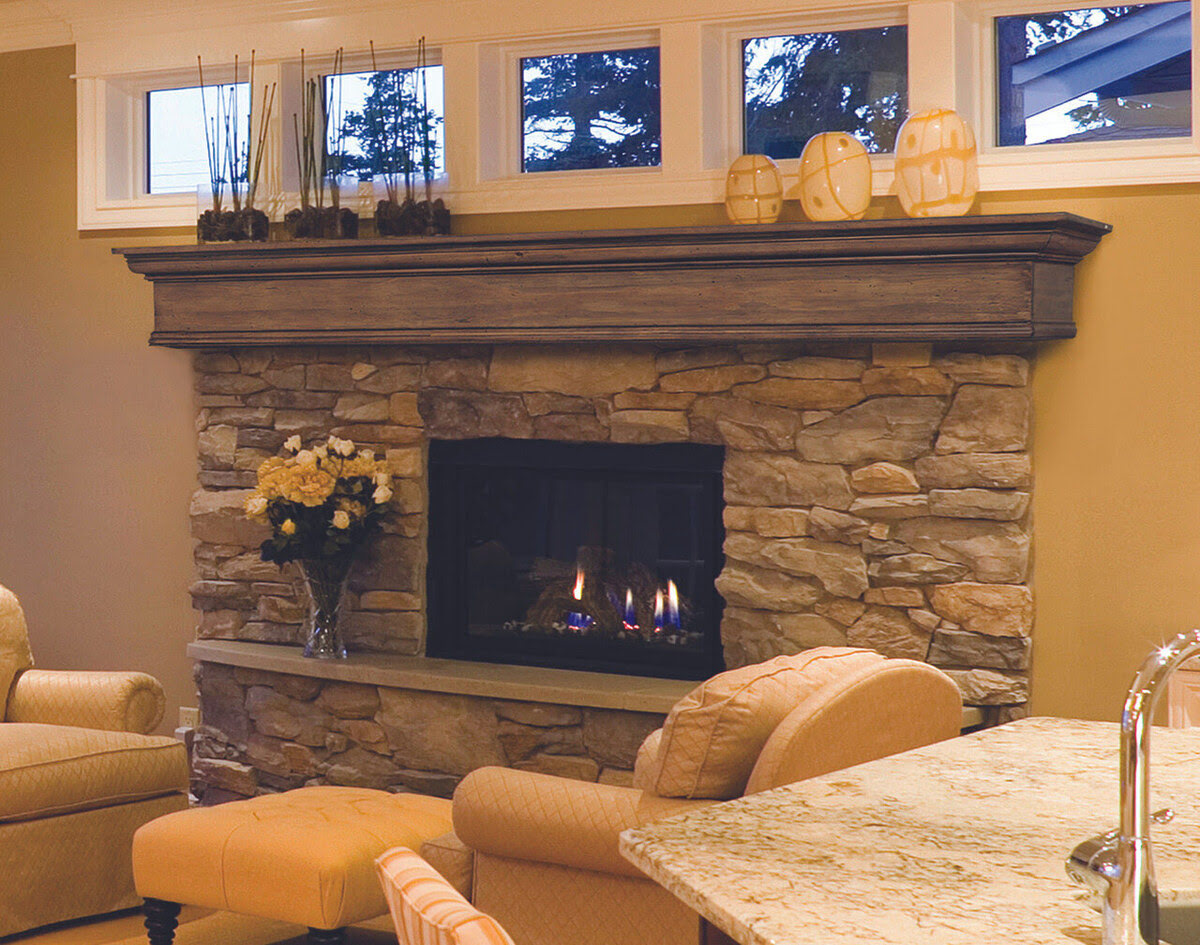
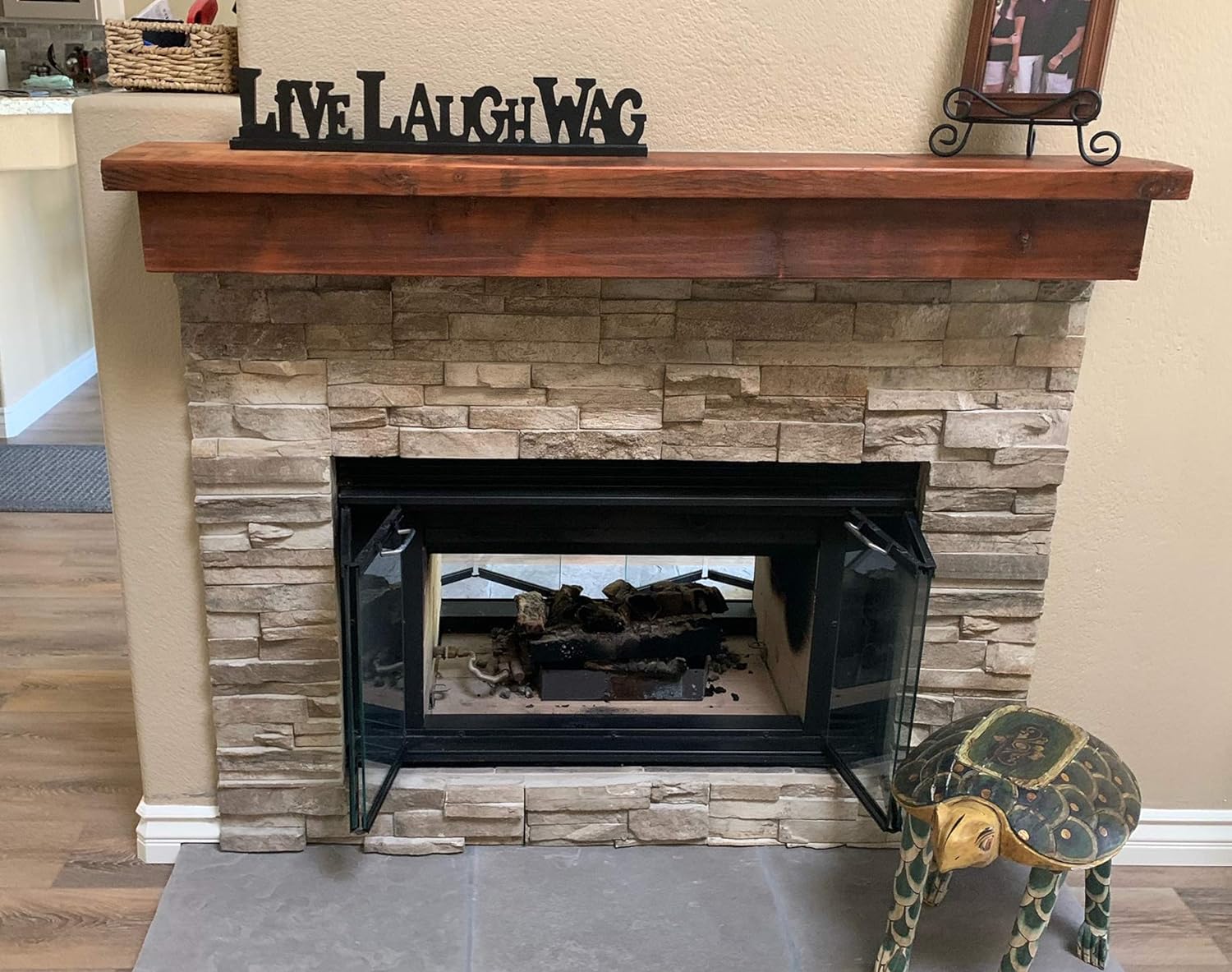
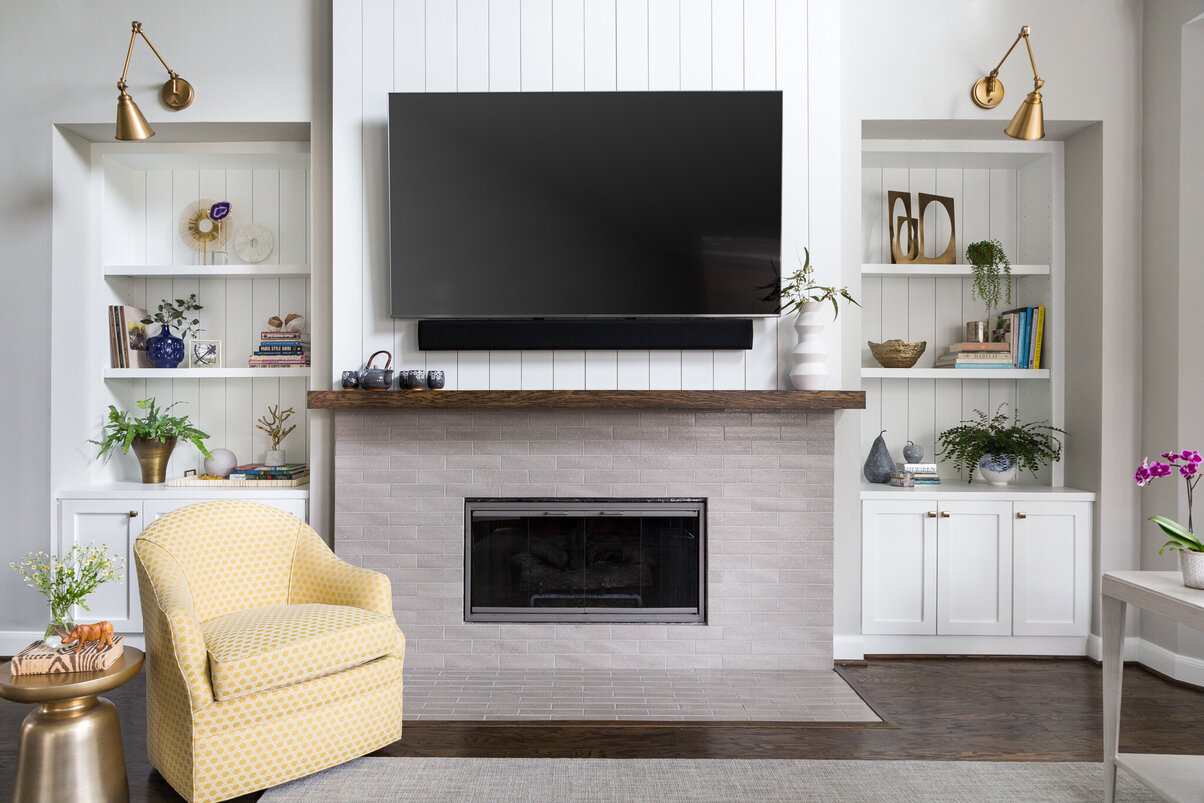
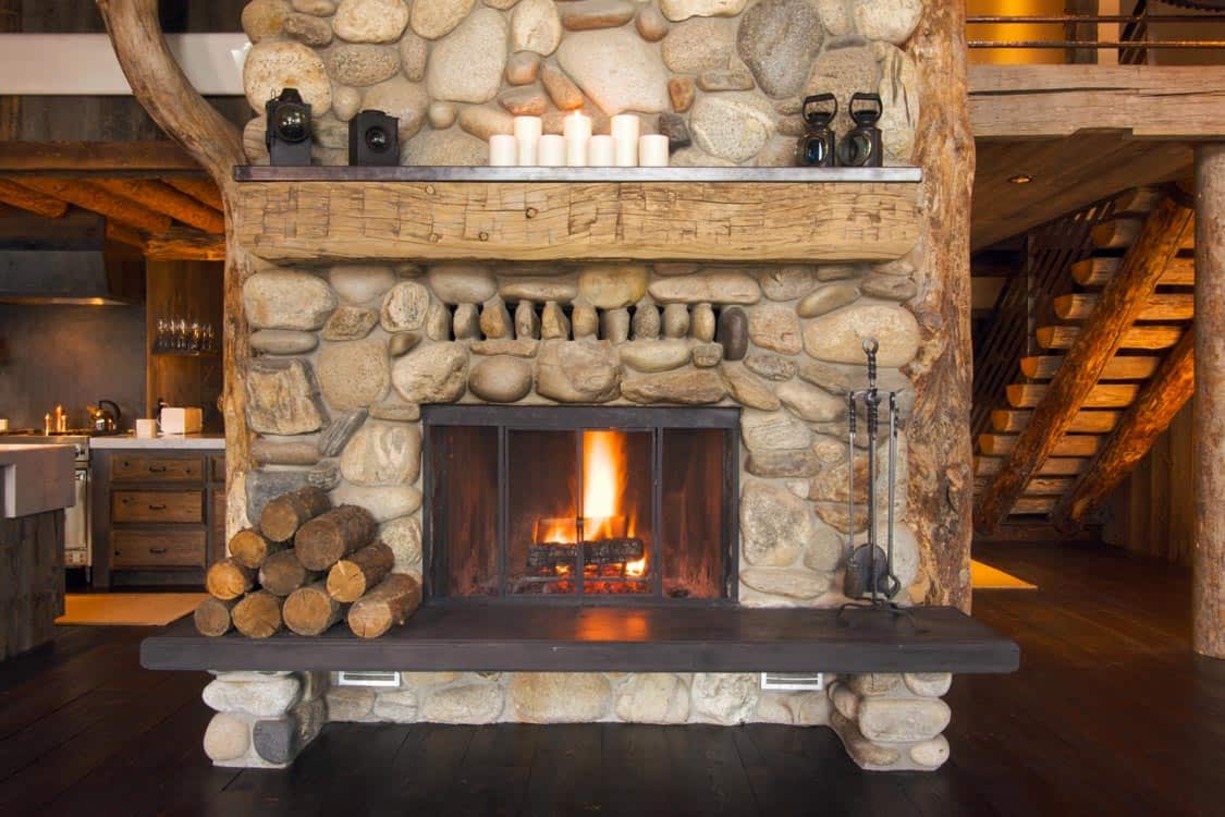

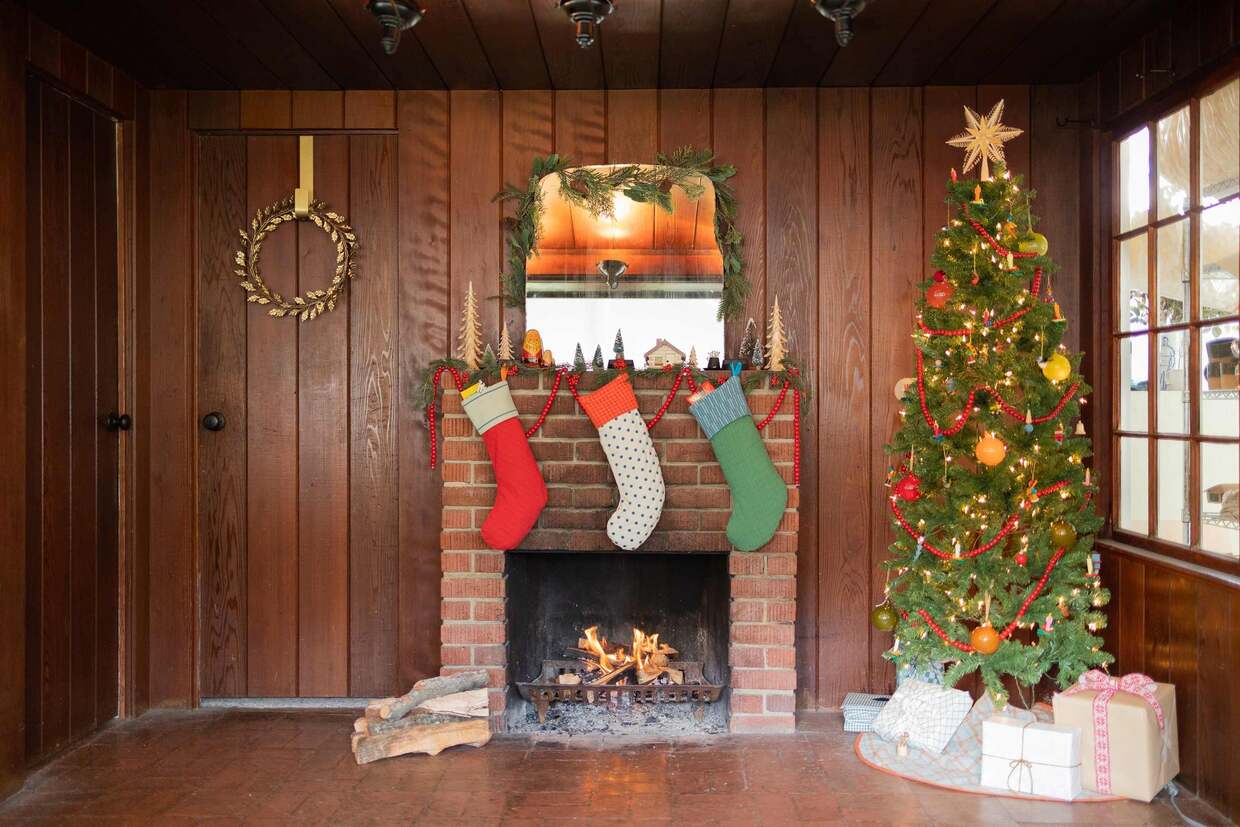

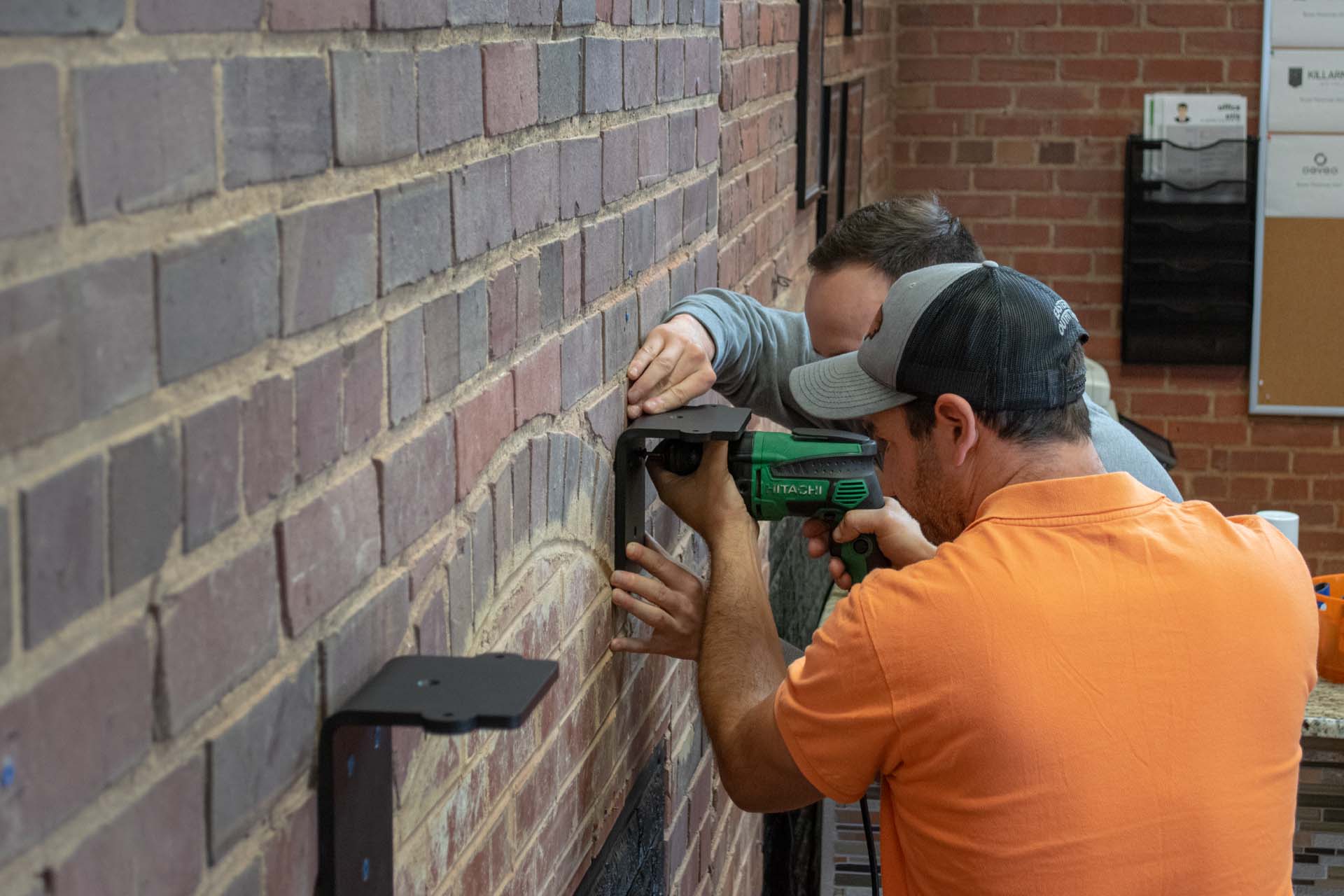


0 thoughts on “How To Remove Fireplace Mantel”